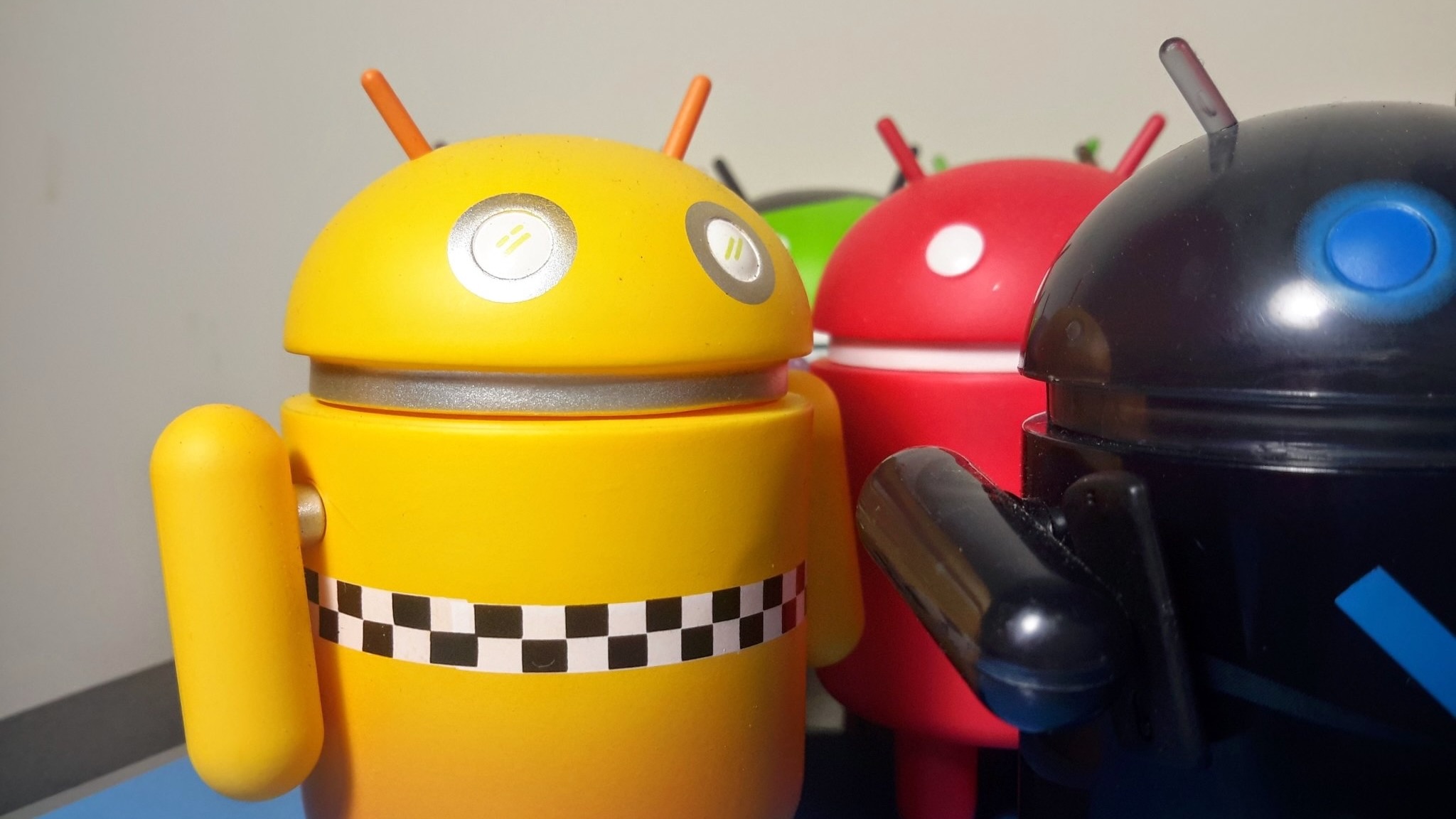Cord cutting: 18 months later, I don't miss cable TV

Subscribe to Modern Dad on YouTube
It's more than a little strange to try to explain cable TV to my kids. To them, images on a screen are just the result of whatever app you picked. Those of us of a certain age, however, can remember a time when televisions weren't flat, when pictures weren't color, and when antennas and tinfoil were constantly adjusted. To them, there's no difference between network and cable channels, premium or otherwise. It's all #content, and it's all available, all the time.
It's also easier than ever — easier, but not painless — to mix and match and, ultimately, save some cash in the process.
That was the goal back in the fall of 2016. My wife and I looked at our $245-a-month cable bill and figured there had to be a better way to spend that money. Or, even better, to save some of that $3,000 a year to be spent somewhere else.
So we started researching on what we needed to do to get rid of cable TV. Was our internet connection fast enough? What hardware would we use. (OK, that part was easy, thanks to my chosen profession.) Which streaming services were we already paying for, which new ones did we want to check out?
And most important — what was it all going to cost?
See more on streaming TV at CordCutters.com!
Get the latest news from Android Central, your trusted companion in the world of Android
You have to do your homework
It's important to remember the purpose of all this. It's not just to cut cable TV for sake of cutting cable TV. Because there's nothing inherently bad about cable TV. It's all the things you want to watch, in a single set-top box. It's easy, and it's fast.
The problem, at least in my case, was the cost.
This part isn't optional. If you don't do the math, you can't save money.
My monthly breakdown until the day we flipped the switch was something like $75 for internet, and something like $170 for the cable TV part. A good part of that was the basic package, of course, plus whatever premium channels we had. But it was the nickel-and-dime stuff that really added up. Rental fees on each set-top box, and taxes and fees to go along with it. That's essentially throwing money away. And there wasn't a damned thing we could do about it.
So our working number was $245 a month. If we were going to switch to an all-streaming scheme, we'd have to come in under that. And, frankly, we'd want to see a pretty decent margin given that we were giving up the simplicity of cable TV.
Out came the spreadsheet. What were we spending every month? What would we be spending? The math isn't optional. But neither is it difficult. It's also important to do an audit once a year or so. Because as we've found out, prices and plans can and do change.
Your internet connection still matters
Funny thing about TV these days. "Cable TV" is digital. It gets fed into your home as these bits and bytes of data, and the box connected to your TV translate them into visible pictures. "Streaming TV" is also digital. It gets fed into your home as bigs and bytes of data, and translated by other boxes into visible pictures.
Technologically speaking, there really isn't a difference. (Yes, the devil's in the details, but that's another thing for another time.)
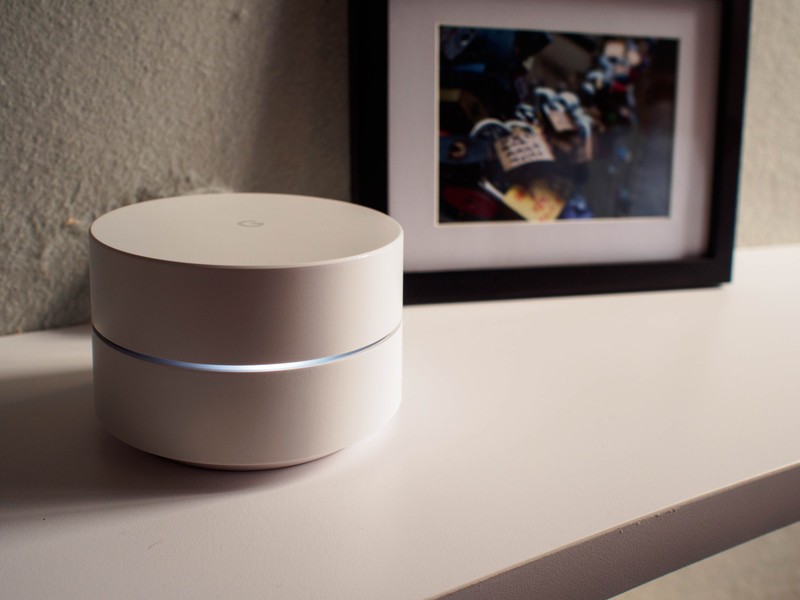
But that also means that your internet connection is more important than ever. Don't depend on a 5 Mbps DSL connection to get things done here. More speed means more headroom. But you also don't necessarily need a 100 Mbps connection, either. I remember one cable company rep trying to upsell me from our 30 Mbps (downstream) and 5 Mbps (upstream) connection, asking about how many people I had in the house, and how many connected devices we had (heh), and that we'd definitely need something faster and more expensive.
Your situation may well vary, but we've been doing just fine, thank you very much.
Your network situation also will make a big difference. If you're plodding along with an 802.11 b/g connection for years, it's time to update your router. And the other rule of thumb is if you can use a hardwired ethernet connection with your streaming box, do it.
Our current cable bill for internet-only: $80 a month.
The hardware you'll need
I didn't really worry too much about the cost of hardware, or what it was we'd be using. That's mostly because hardware should be a one-time cost.
There's a world of hardware out there when it comes to watching streaming video. I haven't used it all, but I've definitely used a lot. Here's what I've learned over the past 18 months or so.

A good display is important
If you're going to splurge on one thing, make it the display. And the good news is that $1,000 can go a really long way these days, giving you something bigger than you'd ever had before, with a greater resolution than you ever though you'd need.
If it fits your budget, go ahead and get a set that's got the "UHD" resolution. (That's also known as 4K.) Same goes for HDR (that's the cool "colors look awesome" feature), though definitely look for something that does Dolby Vision and not just the open-source HDR10. Better yet: Find a set that does both.
A display should be a long-term purchase. So make it a good one.
That doesn't mean that all your new streaming shows are going to look magical. So much depends on the streaming source — if it's not being streamed in 4K, you won't be getting that magical picture you were hoping for. (And upscaling only goes so far.) That actually hasn't been a deal-breaker for me, though. 1080p content looks just fine at a proper viewing distance. It's just that 4K looks that much better.
Also: You don't necessarily need one with a smart operating system built in. I've got one display that uses Android TV as its built-in OS. It's deliciously simple to use that way, without needing any other streaming boxes. But it's also been abandoned by the manufacturer. So it'll never get updates. And running a separate box into now definitely clunks up the works a bit.
Me? I prefer a display that's more dumb than smart. Just give me a great picture and get out of the way. The Vizio M50-D1 set I reviewed a way back $648 at Walmart has performed admirably in that regard, without forcing its own smart features down my throat.
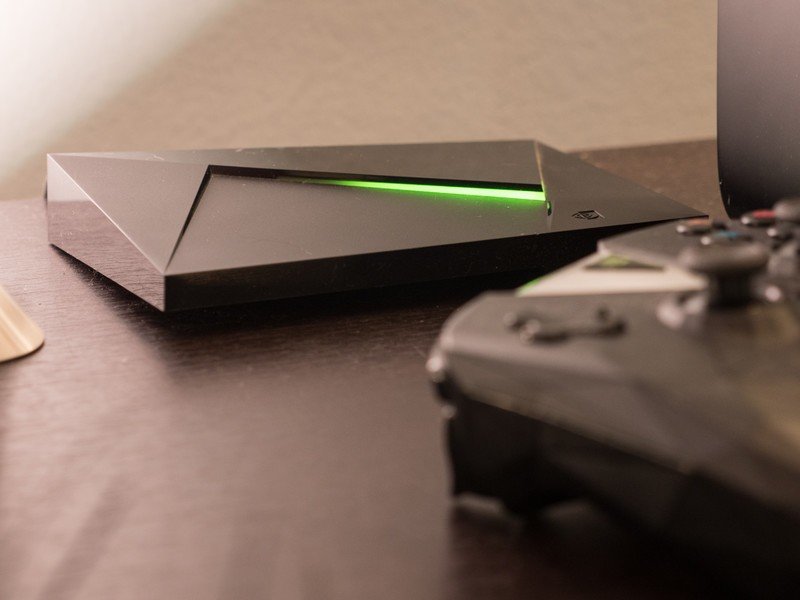
OK, so which streaming box to get?
This part is actually a little easier to navigate than you might expect. Android TV and Apple TV are the best. Period. If you're in an Android household, get the former. If you'er in an Apple household, get the latter. If, like me, you're in a mixed household, I'd lean toward Android TV, because it's easier to use Chromecast features from an iPhone than it is to attempt to use AirPlay from an Android phone.
Amazon Fire TV and Roku are good alternatives. Full boxes are better than HDMI dongles, because you'll never wish you the had less-powerful hardware.
Here's my breakdown:

NVIDIA Shield TV
If you want an Android TV, get an NVIDIA Shield TV. Full stop. There currently is no other Android TV box you should even consider. It does everything except for iTunes content. The base model is $179, but you can bump things up with extra storage and a game controller if you want.
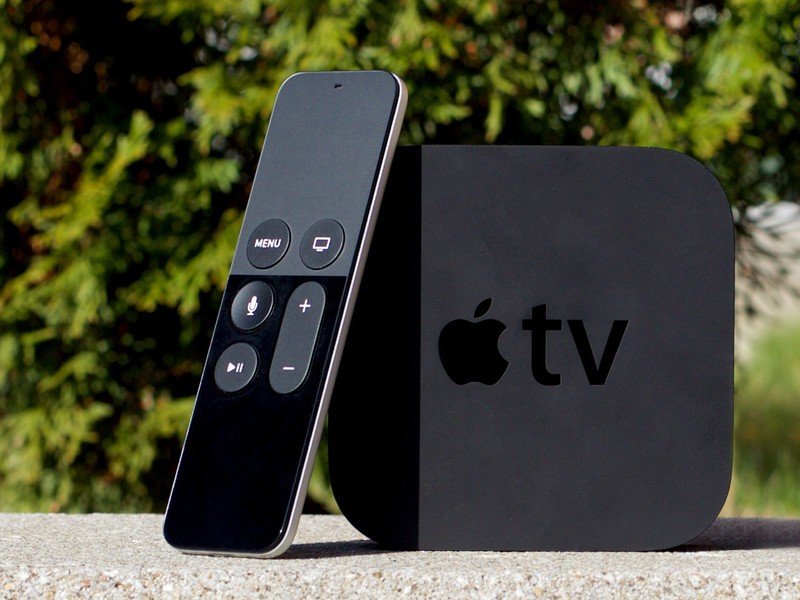
Apple TV 4K
It's, uh, an Apple TV. And it's really good at $179. (I haven't bothered for the more expensive model with extra storage.) It's what I use the bedroom. It's fast, it's powerful, and you can watch content from every source imaginable. (Even Google Play content, though you'll have to use AirPlay to do it.) Just be sure to go ahead and get the 4K model, for future-proofing. The only negative? The remote sucks. (Get this one instead.)

Amazon Fire TV
Fire TV ($69 when it's not on sale) is a great inexpensive option. The new dongle does 4K content, but it doesn't do Dolby Vision, just HDR10. Amazon has a ton of great content now — pretty much everything you'd want. You'll not be able to get Apple content on here, though. My only nitpick is that the menu for the streaming service I use the most is really slow on Fire TV. Still, a great cheap option.
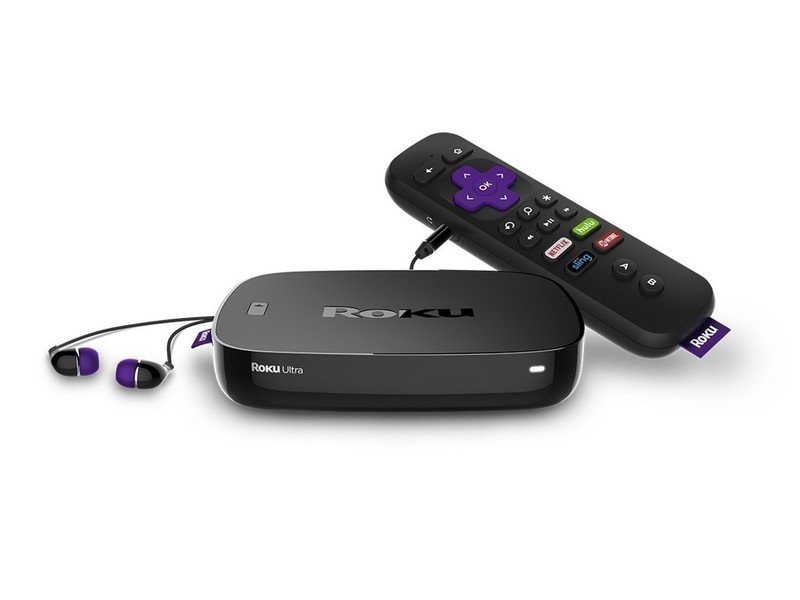
Roku Ultra
OK, so Roku has a ton of options when it comes to hardware. Again, I recommend boxes over dongles, and the Roku Ultra hardly breaks the bank at $89. I've never been crazy about Roku's software, though, (and again my streaming service of choice is really slow here, too) but Roku has a ton of options including news and games.
A couple other hardware notes for things I'm using:
- Again, I can't recommend the Logitech Harmony Companion ($129 at Amazon enough. It's a great universal remote, and handles other connected gear like lights and switches.
- If you need a TV but just can't do an external streaming box for some reason, get something with a smart OS built in. Android TV is best. But for a less-expensive secondary screen, you can get away with one with Roku or Amazon built in. We've got some entertaining space outside now, and we're using a 40-inch TCL model with Roku as the OS ($249 at Amazon), and it works just fine.
- Home theater audio is a pretty personal decision. I've been pretty happy with an inexpensive Vizio 5.1 sound bar ($229 at Amazon). It's also a Chromecast target (so it's great for wireless music without turning on the TV), and the rear speakers and subwoofer are wireless, so I didn't have to drag cables through the living room.
Don't forget an antenna and OTA content
Yeah, it's not the 1980s anymore. But there's still a place for a good antenna. All the major networks still broadcast over the air (and in 1080i, no less), and you'll often get a picture with less compression than you will streaming. Plus, the content is 100 percent free.

This also is how you can often solve the "What about my regional sports?" question.
You've got a couple options when it comes to mounting your antenna. Inside, or outside. Outdoors is always better than indoors. Higher is better than lower. But most important is to make sure it's facing the best direction for where you live. (For that, hit up AntennaWeb.org.)
I'll leave it up to you as to which antenna to get, but I'm using a ClearStream 2MAX ($56 on Amazon) with great results.
Now that you've got an antenna, you've got to plug it in to something. You can go straight into your display, if it happens to have a TV tuner. (Not all do these days.)
But better is to get something like HDHomerun. Your OTA antenna plugs in, the HDHomerun box plugs into your router, and it then spits out the over-the-air content to multiple devices at once. The new HD Homerun Quatro ($150 at Best Buy will serve up to 4 streams at once. The HDHomerun Duo ($99 at Amazon) does two streams at once.
Streaming services
So you've got your hardware picked out. Now it's time for the software. The services, actually. And there's something important to note here:
You're not actually tied into anything. Virtually every streaming service you'll consider has a free trial period. Use it. Don't be married to one particular service. When pricing and channels fluctuate (and they will), try a different one to see if it works for you.
Don't be married to a single service. Mix and match. Use free trials. And change things up if you need to.
And there's not actually once streaming service to rule them all. You'll most likely end up using several. But as I mentioned at the top of this piece, it's still important to audit them once a year or so and see if you're still getting your money's worth.
You'll also want to spend some time perusing the various plans to make sure you'll be getting all the channels you actually want to watch — and also to minimize paying for the ones you don't want to watch. Just like with cable TV, the packages often give you more than you'll actually watch.
You'll have to do the math.
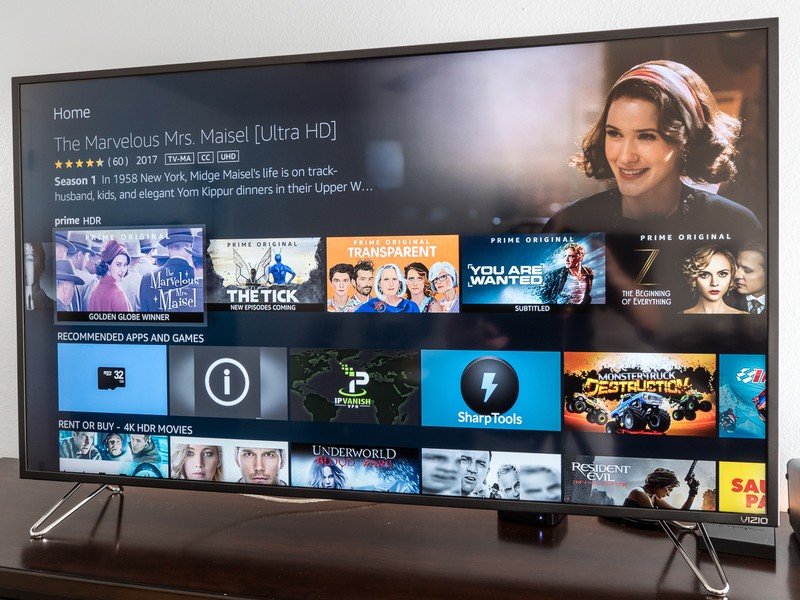
I haven't necessarily used everything out there, but I've at least taken a look at a lot of them. Here are some quick notes on what I've found.
- Netflix: I mean, how do you not have Netflix, right? What it maybe lacks in good movies it's started more than making up for in original content.
- Sling: This was the first service I trialed. But I found the Orange/Blue plan thing to be confusing, and I just can't stand Sling's on-screen menu system.
- PlayStation Vue: Never mind the name — you don't need a PlayStation to use this. It's what we use for probably 90 percent of our streaming content. It's easy to see which plan has which channels. And while the pricing has gone up a tad over the 18 months I've been using it, it's still the least worst of the services I've tried.
- DirectTV: Seems like a decent option for some — especially if you're an AT&T Wireless subscriber. I'm not, though, and so we stayed with PS Vue.
- Amazon Prime Video: I tend to not even count this in our monthly expenditures because I've always had Amazon Prime for better shipping options. But it's an excellent addition for free streaming content. And like Netflix, Amazon now has some incredible original content. Highly recommended.
- Hulu: We subscribe to Hulu. (My kids have things there they like to watch.) But the Hulu Live service just doesn't have all the channels we want. So we've not done that.
- YouTube TV: Looks promising. But it's not available where I live, so that's a nonstarter. Update: OK, I dunno what joker at YouTube thought it'd be fun to give me YouTube TV in Pensacola the day after publishing this, but WELL PLAYED.
- Movies Anywhere: A cool service for cross-platform families. Buy a movie one place (say, on iTunes) and watch it somewhere else, like on Android TV.
Again: Take advantage of free trials. Shop around. And don't be afraid to change things up if the math no longer makes sense.
Everything else
I haven't quite touched on everything here. There are holes in my streaming scheme. There are plenty of things I don't use.
What about DVR and local recordings?
"But how do you record things?" is a question I get a lot.
The answer: I don't, really. So much of what we watch is available on demand. Or if it's that good and that important, I might just go ahead and buy it. Nothing kills the mood in Mr. Robot like commercials, and I like paying for good content. So that's $30 or so once a year that I don't mind spending.
But that doesn't mean you can't record things at all, or play back local content.
Services like Kodi and Plex work great on pretty much any hardware you might have. You can roll your own entertainment server on a decent networked-attached-storage box. A lot of folks do this. For what I watch and the way I want to watch it, I just don't need local storage anymore, though. (Same goes for music, too.) Streaming fits all my needs.
What about Xbox and PlayStation and Nintendo Switch?
For a lot of folks out there, gaming platforms can take the place of nearly all the hardware I mentioned above. If you're an Xbox person, or hit a PlayStation all day long, awesome. There are great options for each of those platforms, too. (The Windows Central folks have a great guide for Xbox.)
They're great options — just not the ones I use.
The bottom line
I'm saving close to $1,000 a year, even though streaming isn't quite as easy as using cable TV.
Let's wrap this up: There are there three things you'll want to do here.
- Do the math. See how much you're spending every month. I went from spending upwards of $3,000 a year on cable TV and internet to spending about $2,200 for internet and streaming content. (And unlike before, we're not throwing a good chunk of that money away on taxes and fees.) And once a year or so, do the math again and make sure you're not wasting money on things you're not actually watching.
- Figure out your hardware. Is your router up to the job? What streaming boxes do you need?
- Pick your streaming services, but don't be married to them. You can mix and match. You can try new ones. Take advantage of free trials.
After that, just sit back and relax and watch a show. And figure out what you'll want to do with all the money you're saving.

